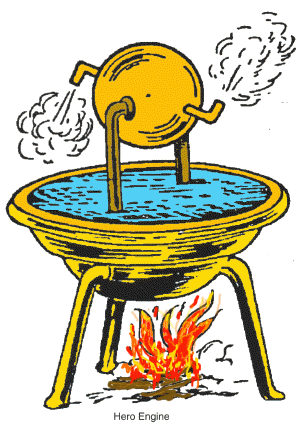The rockets that we shoot into space today are machines of utmost precision, guided and assisted by highly trained men and women and are equipped with many miraculous instruments that keep the rocket itself afloat. However, this wasn't always the case. Ancient forms of flight included wooden rocket-like structures propelled by steam. An example of this wooden device is depicted below.

The Chinese soon came and invented the first real rockets. These rockets were simply arrows with a pot of gunpowder that would explode on contact. It flew through the air unassisted and caused moderate damage, but the psychological trauma that the Mongols experienced was more than enough to cause damage. An example of one of these arrows is shown below.

Centuries later, Sir Isaac Newton lays the groundwork for what will soon be called rocket science. This is where Newton would invent his three laws of motion. Using these laws and with the assistance of engines, other scientists were able to create incredibly powerful rockets for the time, lifting up to 45 kilograms.
Soon, NASA was founded and they created the many rockets that have been sent up to space. Many famous rockets include the Friendship 7, the rocket that launched the first astronaut into space. Other companies are also making their own way in the aerospace industry. An example is SpaceX, Elon Musk's company. They gained popularity when they launched a Tesla into space with an "astronaut" inside. The astronaut was indeed a dressed-up mannequin.
Fun Facts:
- The first unmanned rocket to ever enter orbit was the Sputnik 1, the Russian manufactured rocket. The primary function of the little orb was to place a radio transmitter into orbit.
- Today's typical rocket produces over 1,000,000 pounds of thrust.
- ULA’s Decatur production facility is 1.6 million square feet. Both Atlas and Delta launch vehicles are produced at the facility.
No comments:
Post a Comment
Please be respectful. Think to yourself, "Would I say this to a child?"